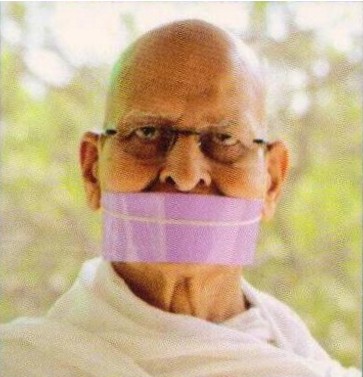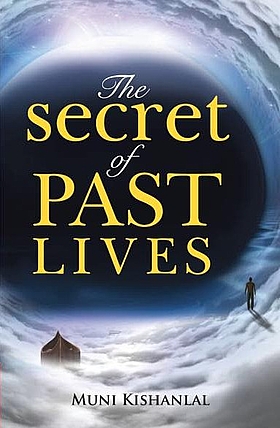According to Indian belief, the Yogalik (when all creation came in pairs) period is supposed to be the most ancient. After the Yogalik age came the age of Kulkars or small groups of people with a chieftain who was called the kulkar. The last of Kulkars was Nemi. His son was Adinath Rishabh. Adinath educated people in different occupations. He taught the art of warfare, art of writing and art of cultivation. He made Ayodhya his capital. People who protected were known as Kshatriya, those who imparted learning were known as Brahmins, people who did business were known as Vaishya and those who served others were known as Shudra. At that time there was no concept of discrimination. All were human beings and all were equal. There was no one as high or low. A person who did hard penance and was god realized was called a visionary. Any body could be a rishi or attain sainthood. Anyone belonging to any occupation, caste or creed could realise God and the Isavasya Upanishad has compiled the many such sayings. They have also discussed the existence of soul.
The common man may or may not believe in the soul, but the realized one has a perspective quite different from the common man because he has extra sensory perception and can see across all three time periods
Jain Tirthankaras were born with such knowledge that spanned time. Bhagwaan Rishabh had all the elements of realization even at birth. He established a kingdom. After fulfilling his duty towards his state he carved out the path of dharma and established the spiritual tradition of renunciation. Some four thousand men of standing also renounced with him. In those times the idea of a 'Bhikshu' or a spiritual mendicant was nonexistent. Nor was there any system where the families offered food to such pilgrims and ascetics. Common people did not have an idea that such people need to be given food. Since for the next twelve months no one offered food, many of them lived on jungle fruits, some lived just on water and different ascetics found their own way of living. Bhagwaan Rishabh, after attaining realization came to preach the people. He came to Hastinapur. There, his grandson, Shreyans had a dream that was revealing and his insight made him understand what to offer an ascetic who has come after months of penance. As soon as Bhagwaan Rishabh passed through the palace, Shreyans came down and requested him to take Bhiksha or food for sustenance, from him. Bhagwaan went with him to the palace. By chance there were 108 pots full of cane juice. Shreyans gave Bhagwaan Rishabh all the cane juice. Coincidentally that was the Tritiya that is third day. It is because of this incident that 'Akshaya Tritiya' is celebrated, (from Ikshu which means sugarcane-aksh-akshay)
Bhagwaan Rishabh's son was coronated as 'Chakravarti Bharat'. According to Jainism, it was after him that this land was named as Bharat. He was the emperor of the world of his times. Human civilization is supposed to have evolved during his reign. After him 24 Tirthankaras have held the reign of this religion.
Dr. S. R. Vyas has discussed at length in his research text regarding the concept of rebirth. He says, "Right from the prehistoric period, man has been analyzing the influence of nature on him. He always feared danger to his life. According to psychology the fear psychosis had been the cause for the emergence of various beliefs. Ancient man would have never understood the concept of death. But... thought that even after death people would require the same materials that they used in their life time. Even in Vedic tradition people offer food in remembrance of their ancestors to invoke their blessing. This is known as 'Shradh' where the ancestors are offered so that they may shower their blessings of prosperity and plenty.
 Muni Kishan Lal
Muni Kishan Lal
